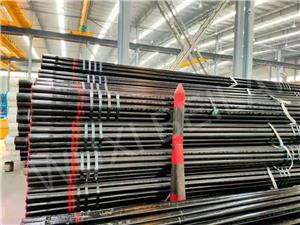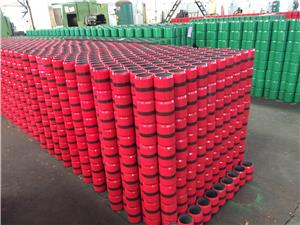How to choose the right seamless steel pipe
In the process of various engineering projects, the selection of seamless steel pipes not only involves the success of the project, but also is directly related to the reliability and safety of the project. To ensure that the appropriate seamless steel pipe is selected, engineers and project managers need to consider multiple factors and select the appropriate seamless steel pipe to meet the needs of a specific engineering project.
1. Application requirements analysis:
First, it needs to be clear what application the seamless steel pipe will be used for. Different engineering projects have different requirements for pipeline materials. High temperature and high pressure, chemically corrosive environment, structural support, etc. all require seamless steel pipes with specific properties. Ensure that the performance of seamless steel pipes meets the needs of specific applications.
2. Determine pipe size:
Clearly define the dimensions of seamless steel pipe, including outer diameter, wall thickness and length. These sizes depend on the design and layout of the piping, as well as the required flow and pressure requirements. Ensure that the pipe size selected complies with engineering design specifications to ensure pipe performance.
3. Material type selection:
Select the appropriate material type based on application needs. Common seamless steel pipe materials include carbon steel, stainless steel, alloy steel, etc. Each material has a different chemical composition and mechanical properties and is suitable for different environmental conditions.
4. Corrosion resistance:
If the project will be exposed to corrosive environments, such as chemical plants or seawater environments, you need to choose seamless steel pipes with good corrosion resistance. Stainless steels and special alloy steels are often used in these applications because of their ability to resist corrosion.
5. High temperature resistance:
For projects that need to work in high-temperature environments, such as refineries or boiler systems, choose seamless steel pipes with good high-temperature resistance. High-temperature alloy steels are often used in these applications because of their ability to maintain strength and stability.
6. Mechanical performance requirements:
Consider the mechanical properties of the pipe, such as tensile strength, yield strength, and impact toughness. These properties are critical to the load-bearing capacity and durability of the pipeline. Ensure that the selected seamless steel pipe has the necessary mechanical properties.
7. Comply with manufacturing standards:
Ensure that the selected seamless steel pipe complies with international and industry manufacturing standards, such as ASTM, DIN, EN, API, etc. This helps ensure product quality and reliability, as standards specify various characteristics of pipes, including dimensions, chemical composition, mechanical properties, non-destructive testing methods, etc.
8. Cost-benefit balance:
When choosing seamless steel pipe, there is a balance between performance and cost. Quality materials often come with a higher cost, so there needs to be a balance between performance and available budget. Choosing materials that meet performance requirements while being cost-effective is key.
9. Supplier reputation:
Choose a seamless steel pipe supplier with good reputation and experience to ensure the quality and timely delivery of seamless steel pipes. The supplier's technical support and after-sales service are also very important, as they can provide valuable advice on the selection and use of seamless steel pipes.
10. Comply with regulations and safety standards:
Last but not least, make sure the seamless steel pipe you choose complies with applicable regulations and safety standards. This helps ensure the legality and safety of the project.




